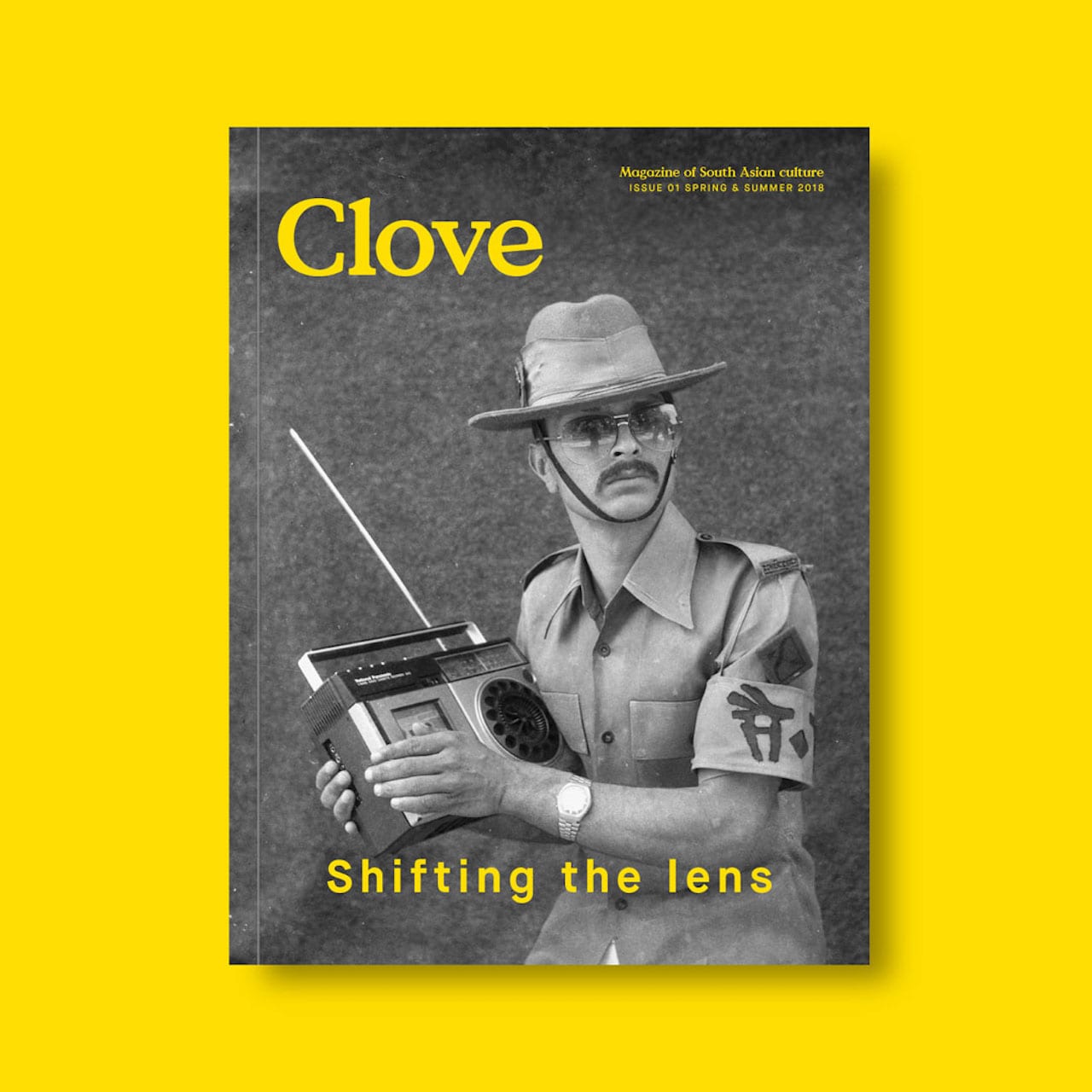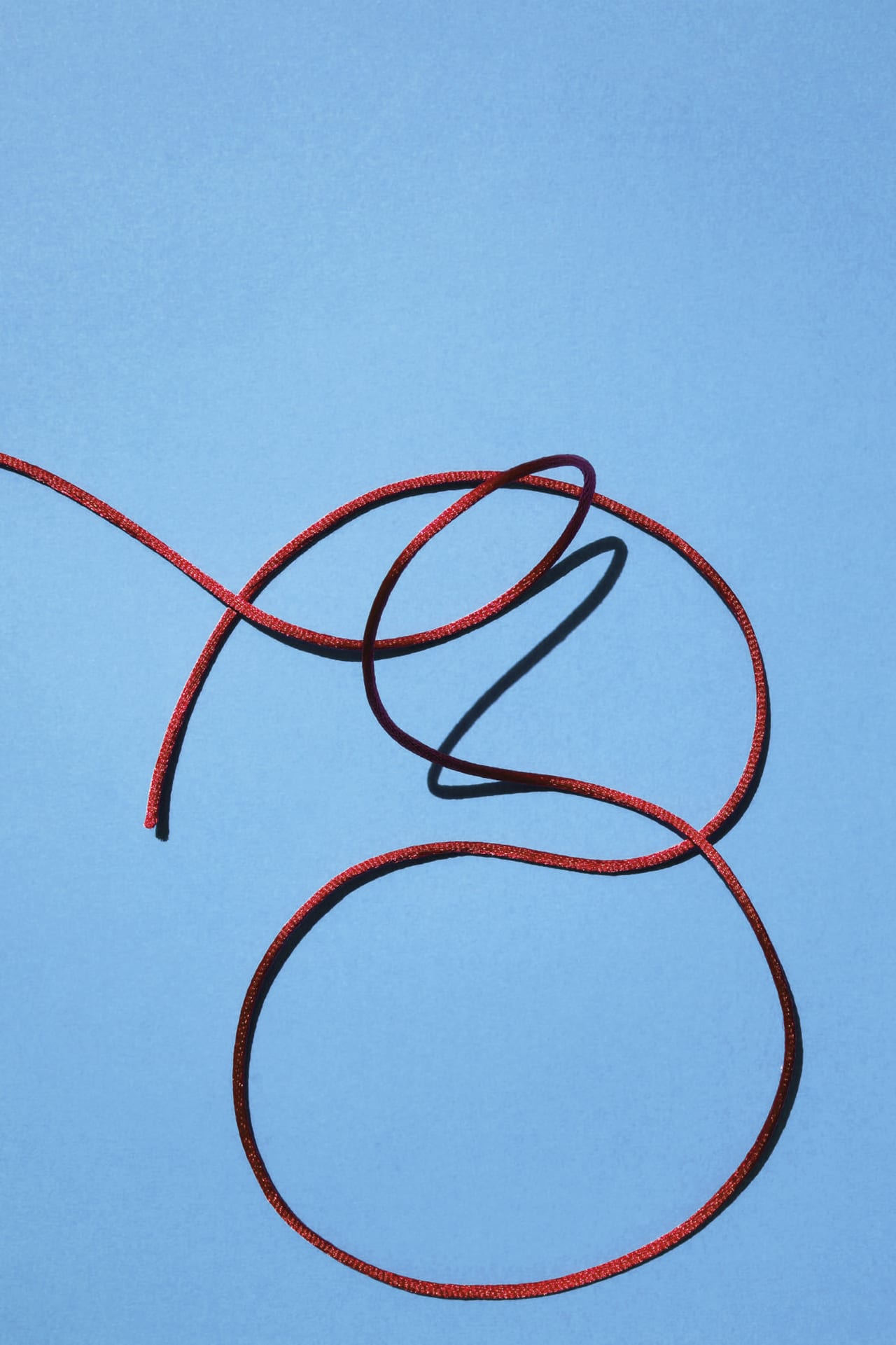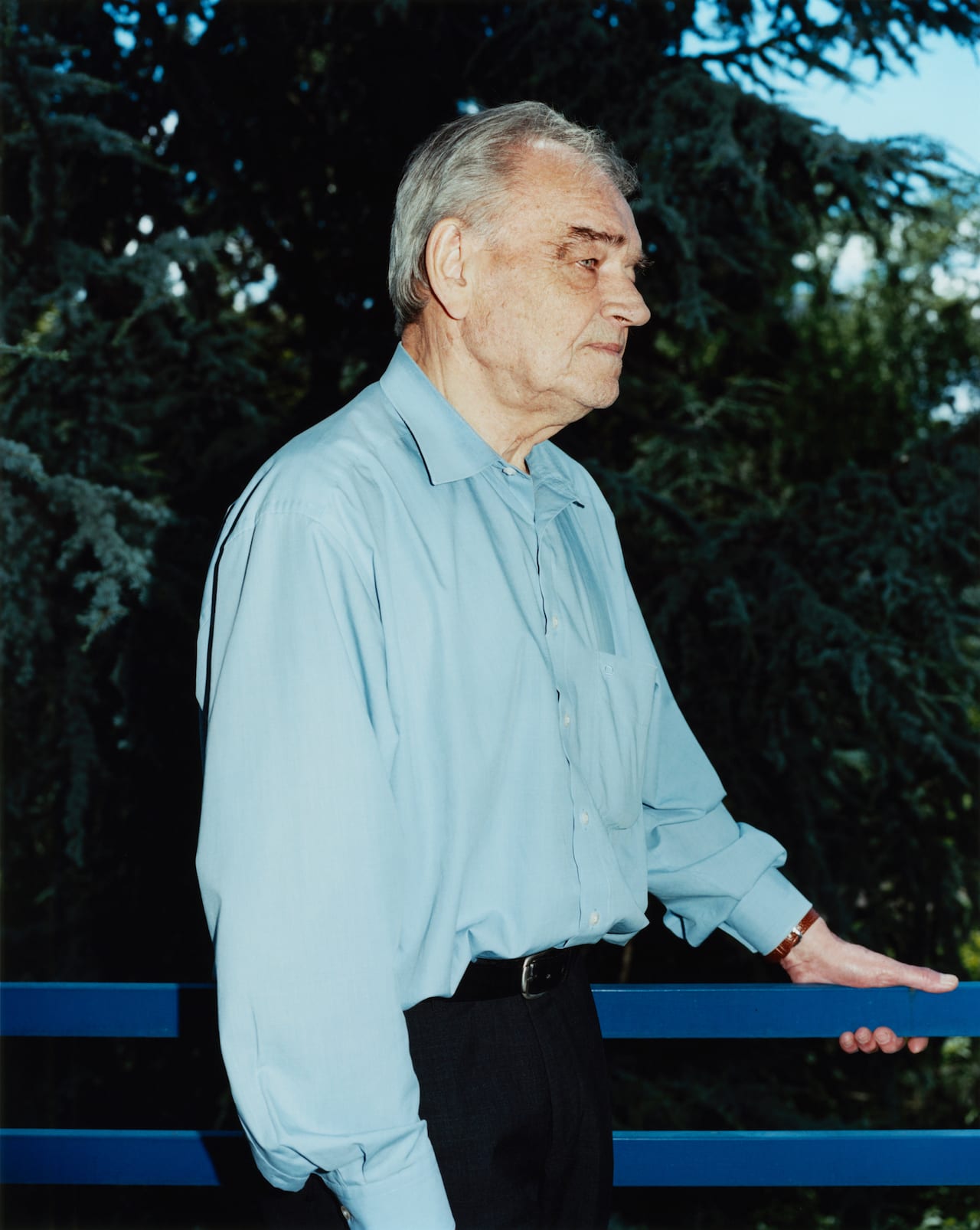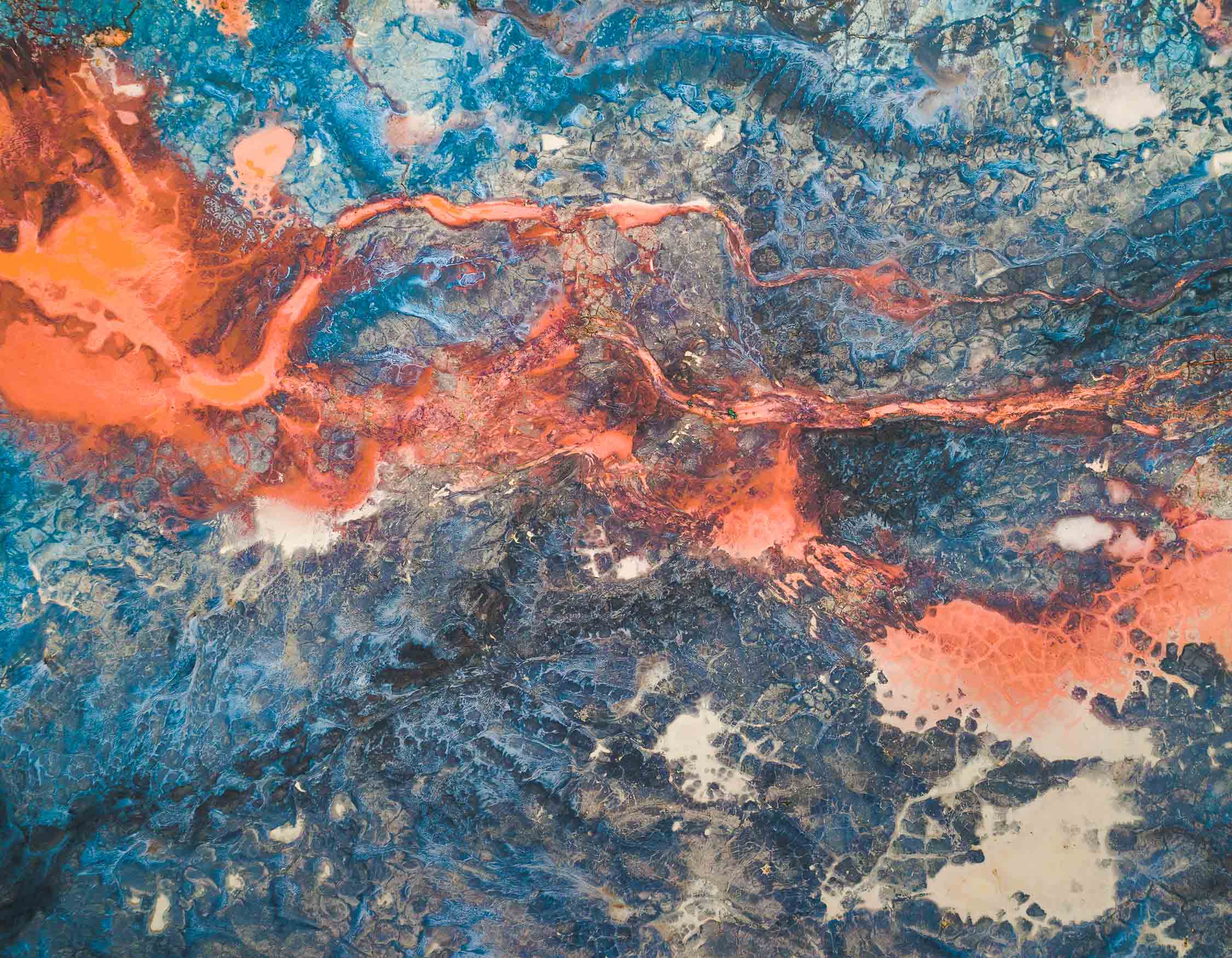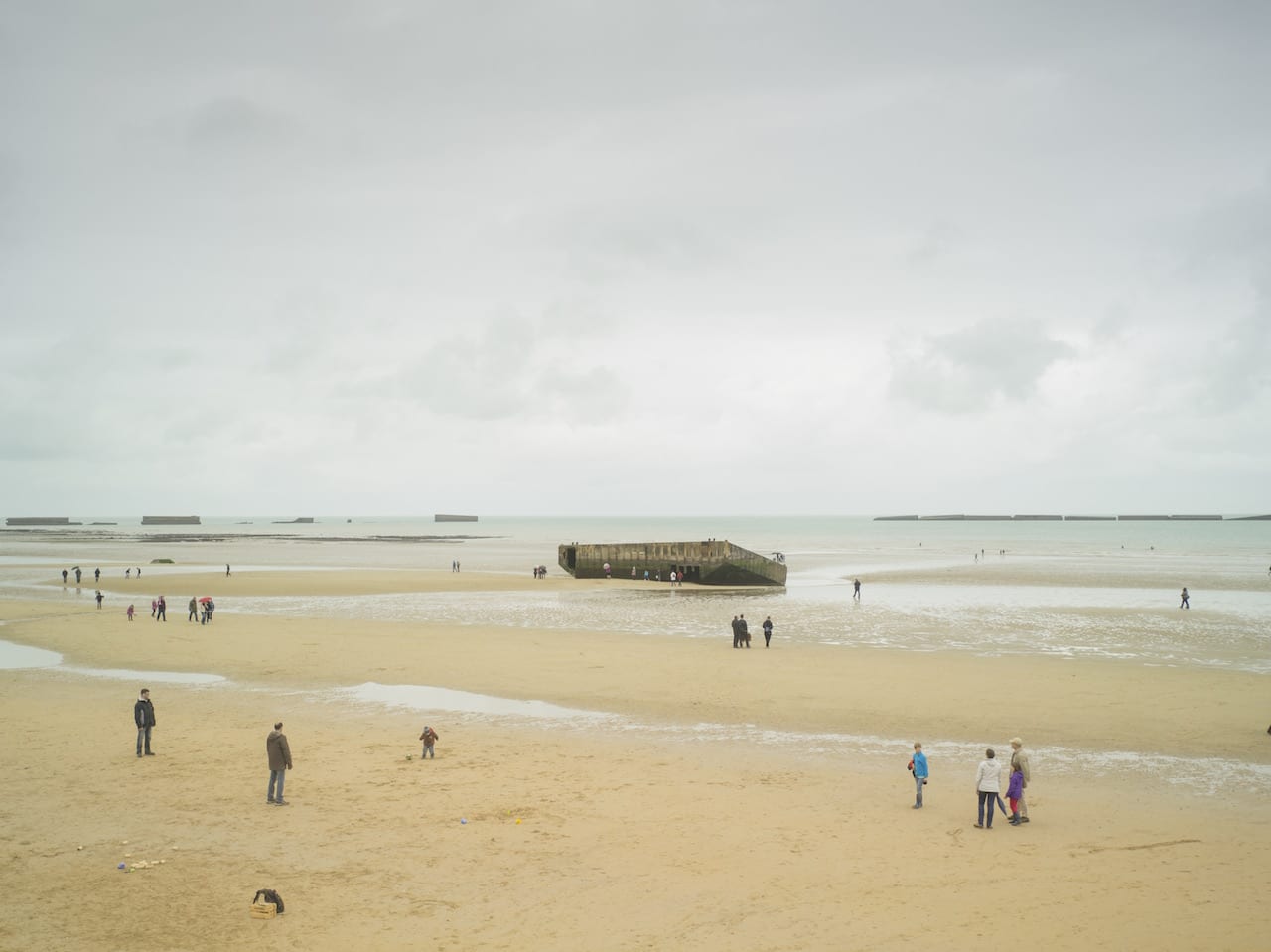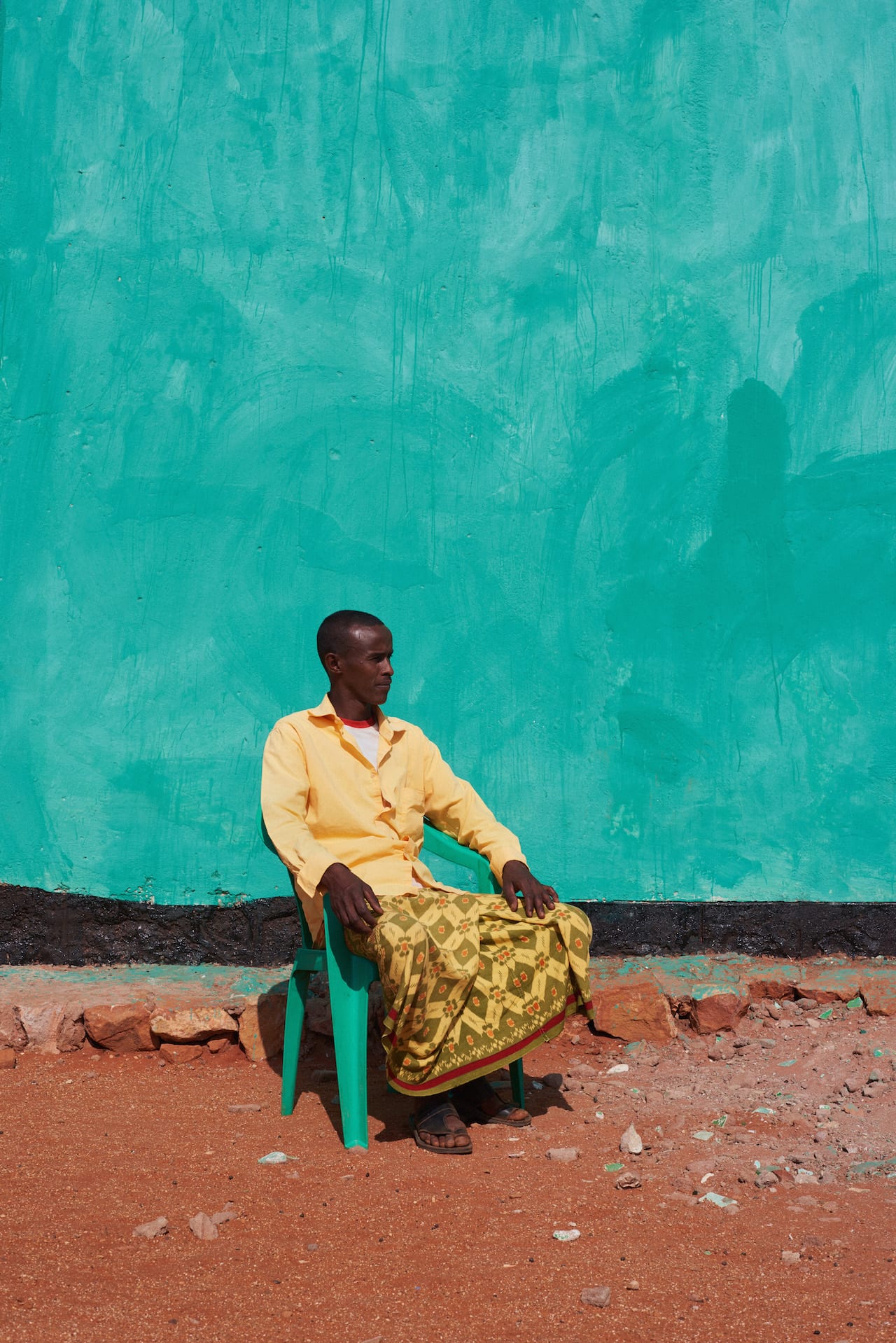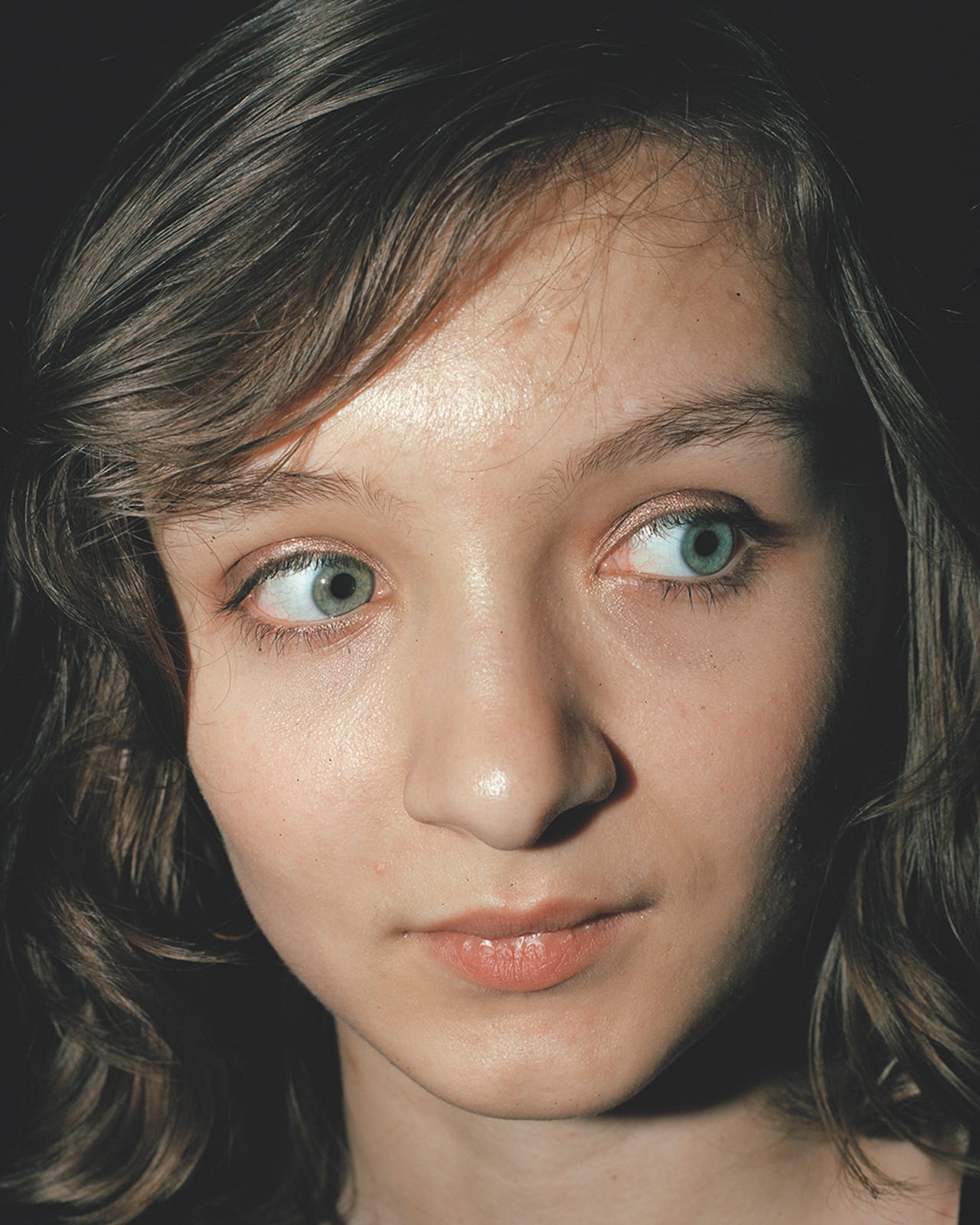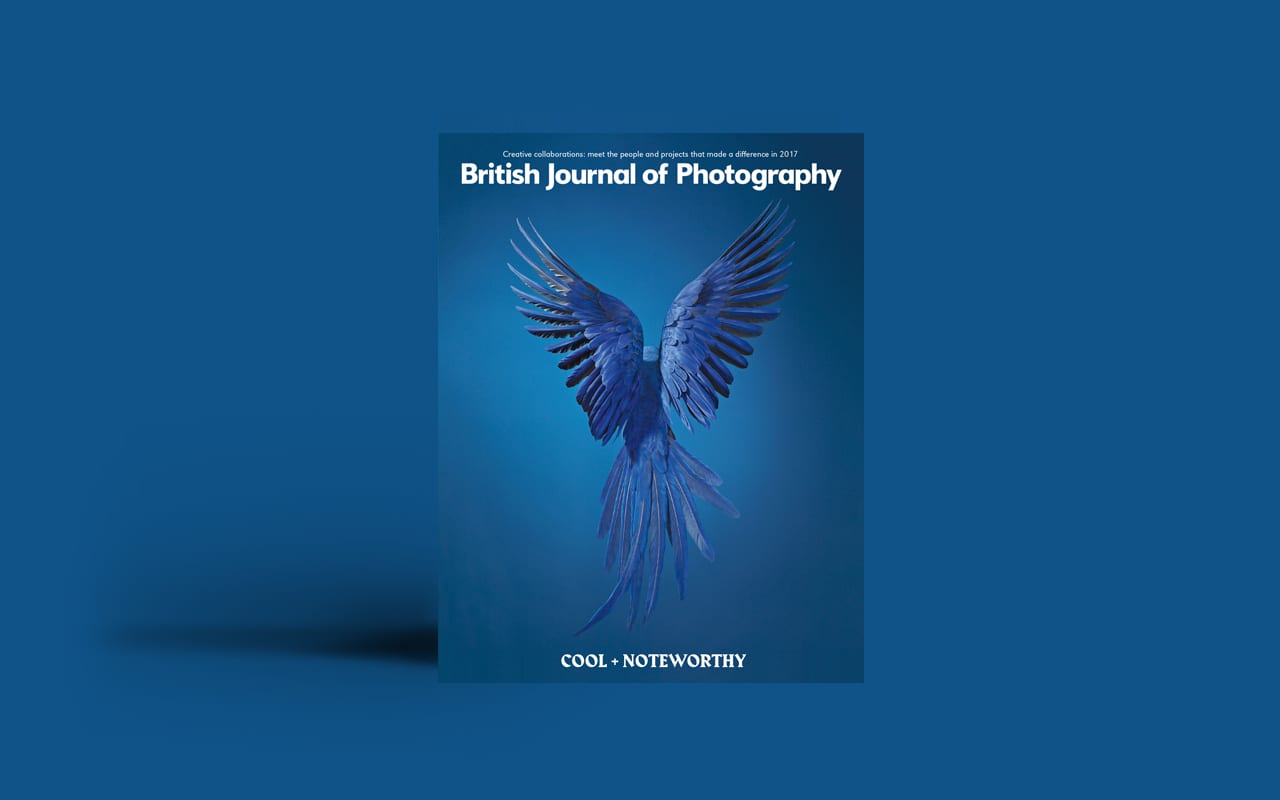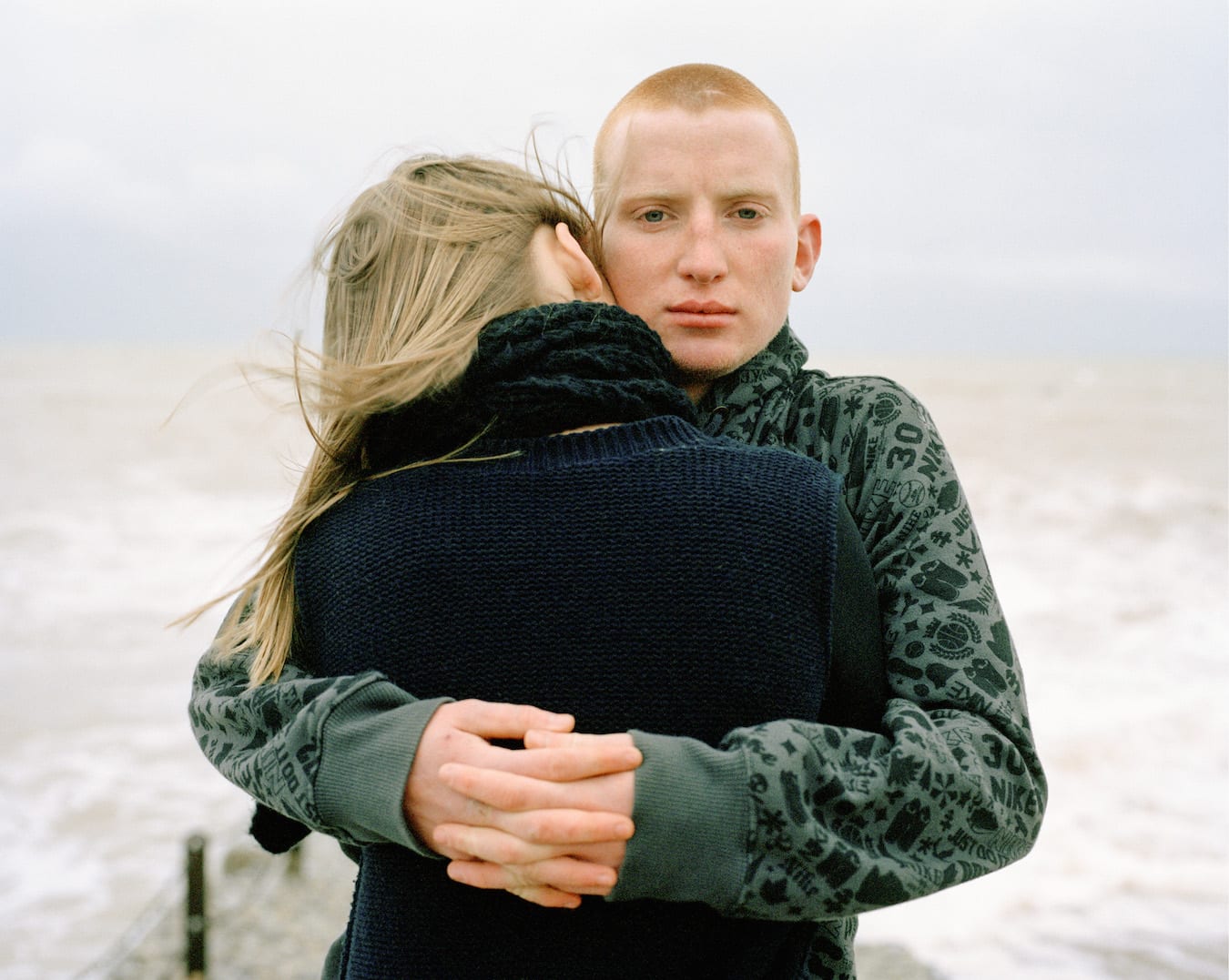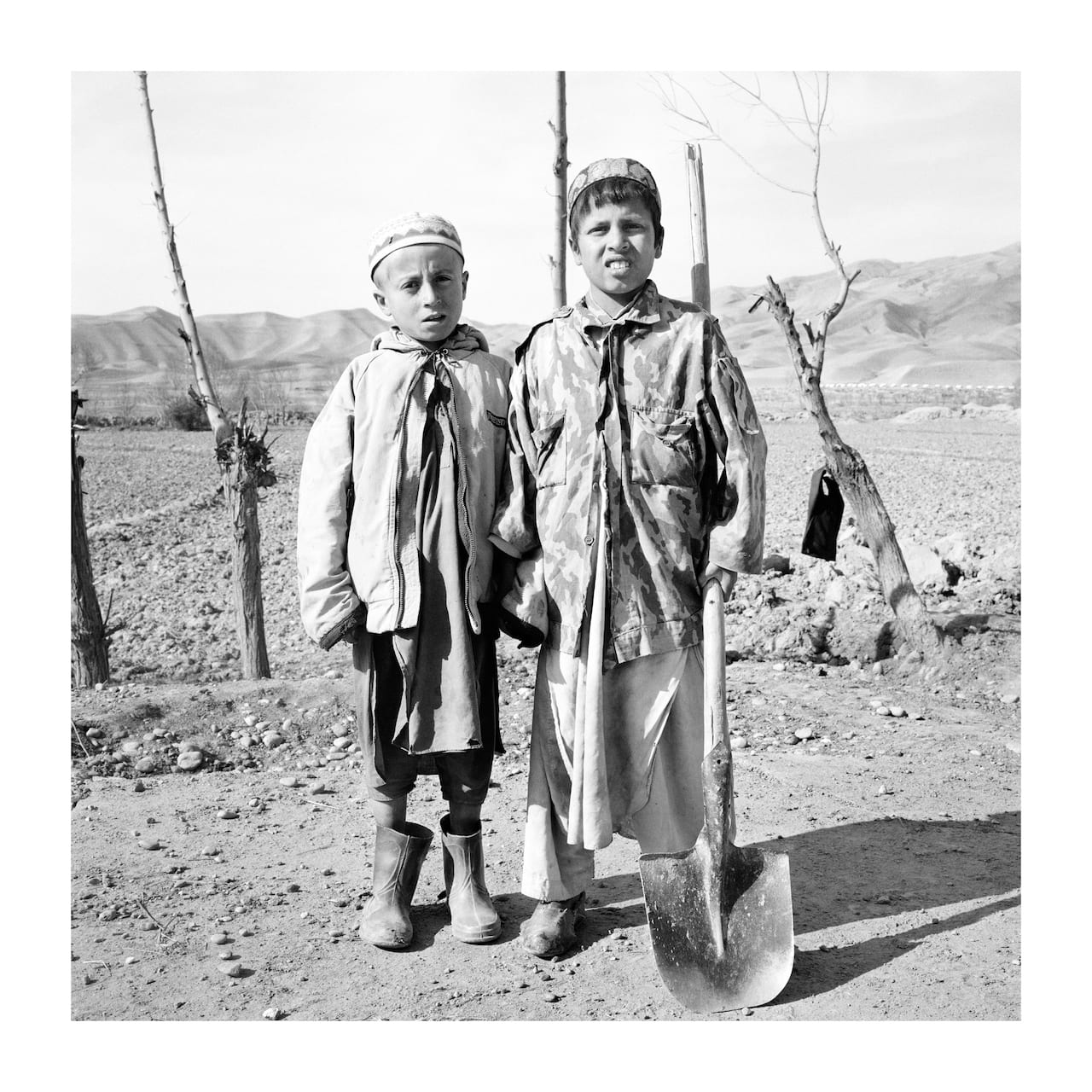Launched on 11 December, a brand new biannual, Clove, has a refreshing take on art and culture. Founded by London-based, British-Indian journalist Debika Ray, the magazine focuses on creative work from South Asia and its global diaspora. “My impression was always that, in Western media, there was a narrow frame of reference when it came to covering parts of the world beyond North America and Europe,” says Ray, who until recently was senior editor at the architecture and design magazine Icon. “Stories from South Asia or the Middle East are often handled in a distant way, focusing on problems or crises and how people battle against odds to overcome things. I wanted to tell stories from those parts of the world in a way that were instead built on their own merit.”
